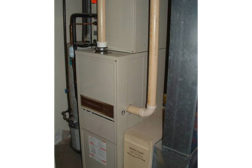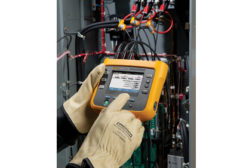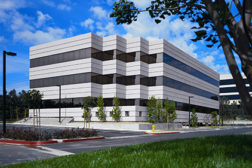Technical
Opportunities Abound for Contractors in the Know
Read More
Chimney Fundamentals: The Science of Venting Flue Gases - Part 2
How to Keep Your Customers Safe as Well as Comfortable
Read More
The HVAC Contractor’s Guide to Estimating Software
The Most Important Things to Consider to be Sure You’re Getting the Best Solution
January 5, 2015
Supercomputer That Uses Waste Heat to Warm Its Building Wins R&D 100 Award
HP Supercomputer at NREL Garners Top Honor
December 22, 2014
Energy Logging for HVAC: A Simpler Approach
New Solution Optimized for Logging in Commercial/Institutional Buildings and Industrial Plants
December 8, 2014
Chimney Fundamentals: The Science of Venting Flue Gases - Part 1
How to Keep Your Customers Safe as Well as Comfortable
Read More
On the Way to Safe and Secure Smart Homes and Buildings
Researchers Are Looking to Prevent Hacker Attacks
October 6, 2014
Copyright ©2025. All Rights Reserved BNP Media.
Design, CMS, Hosting & Web Development :: ePublishing









